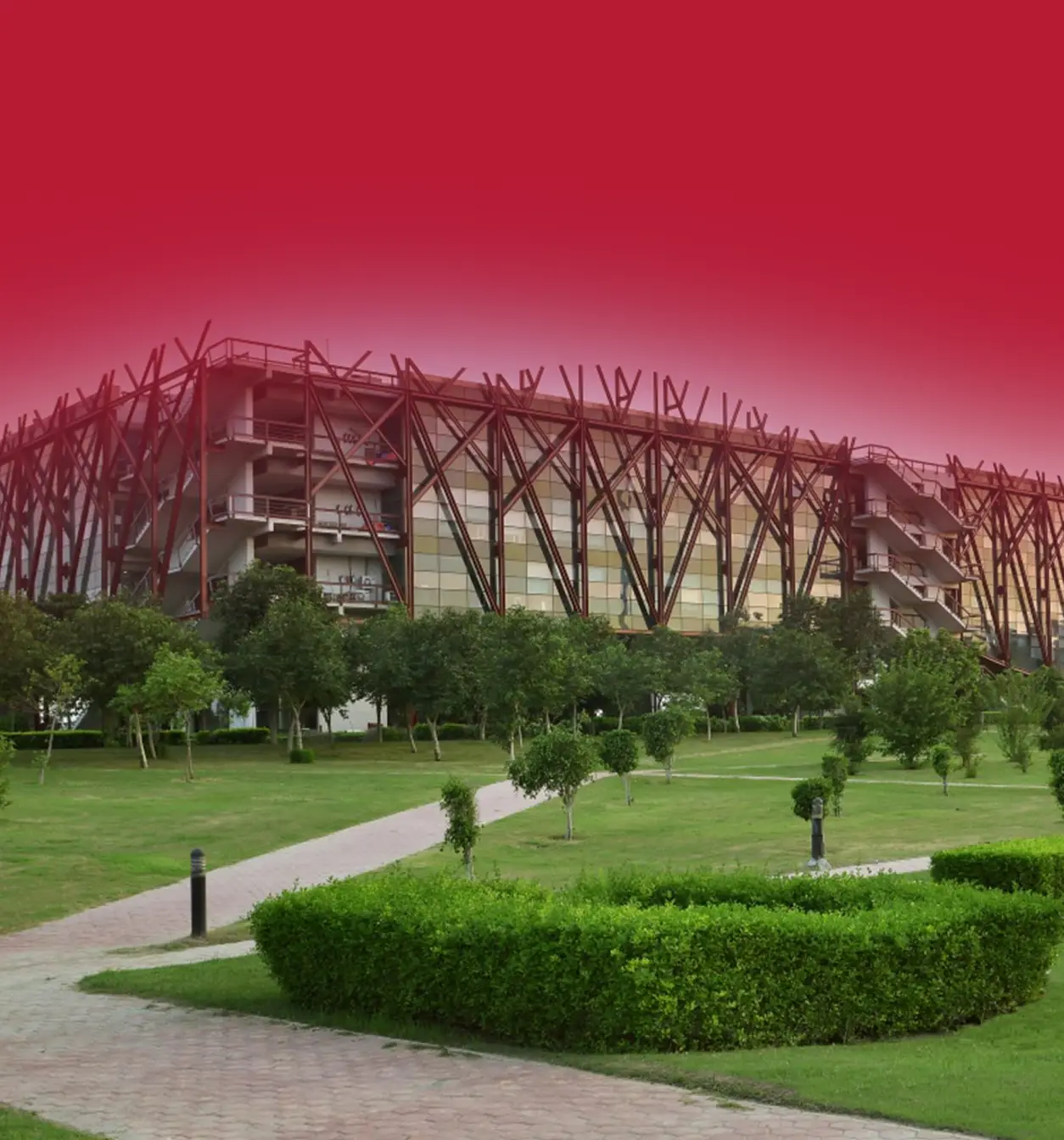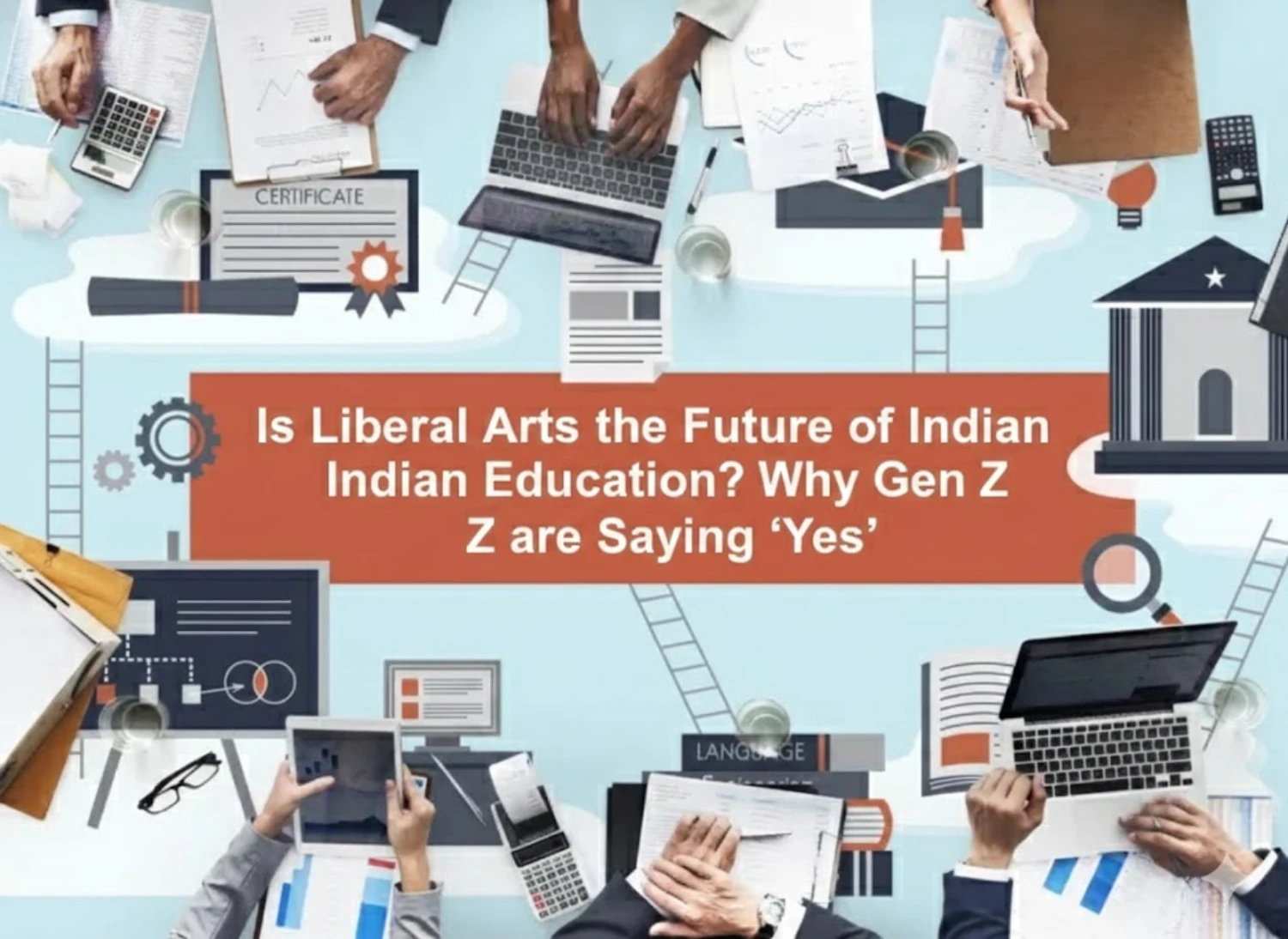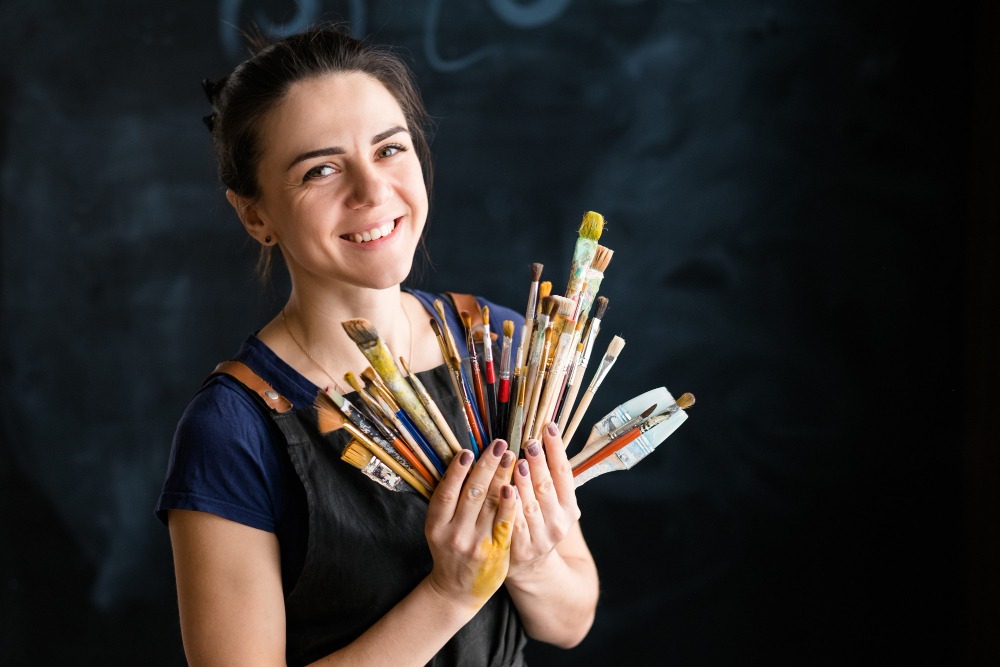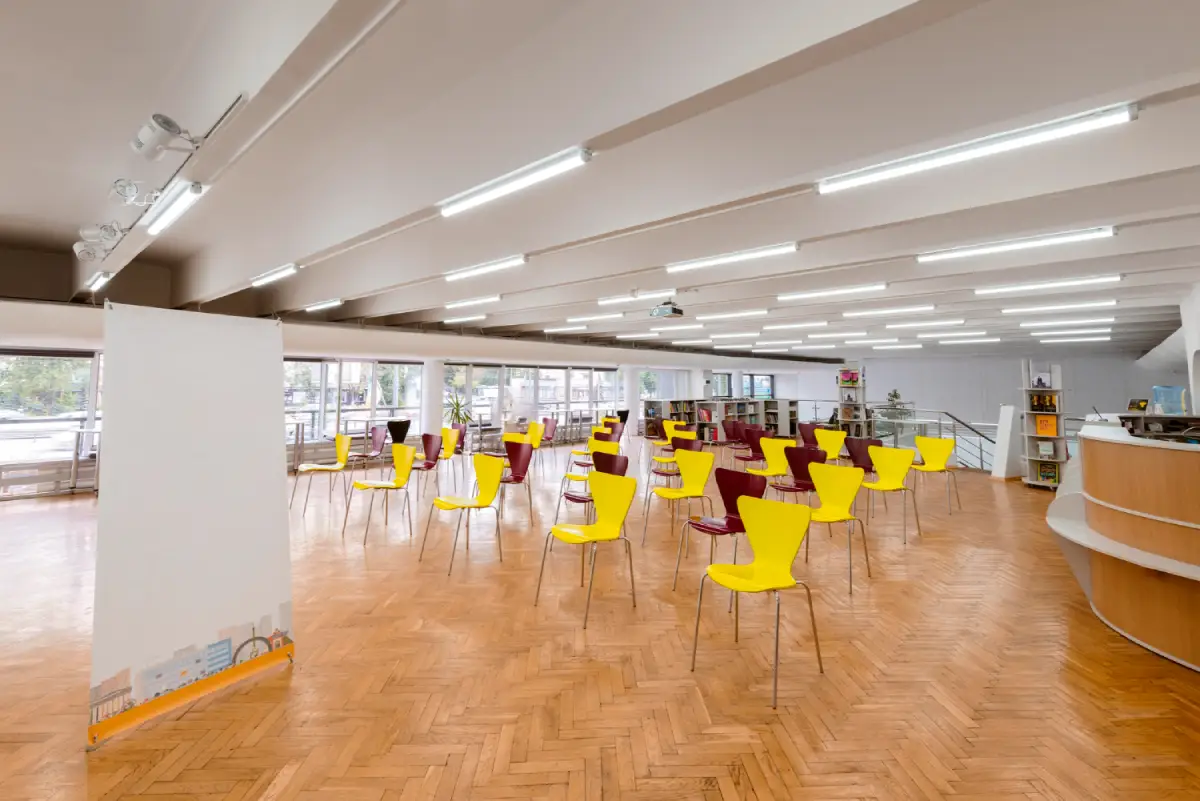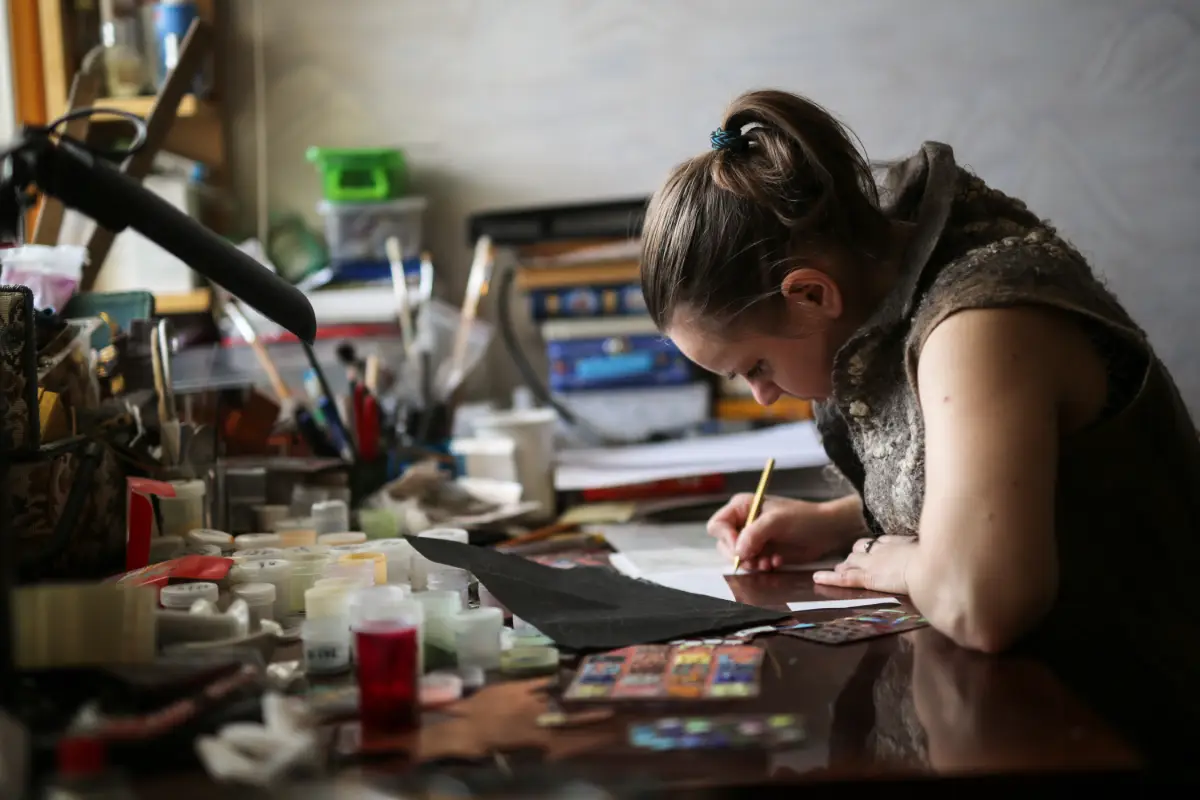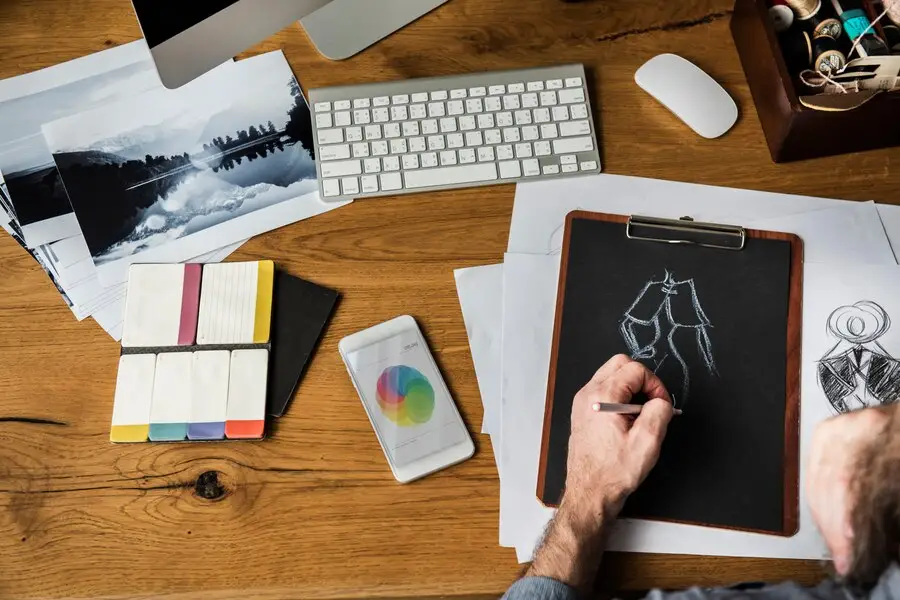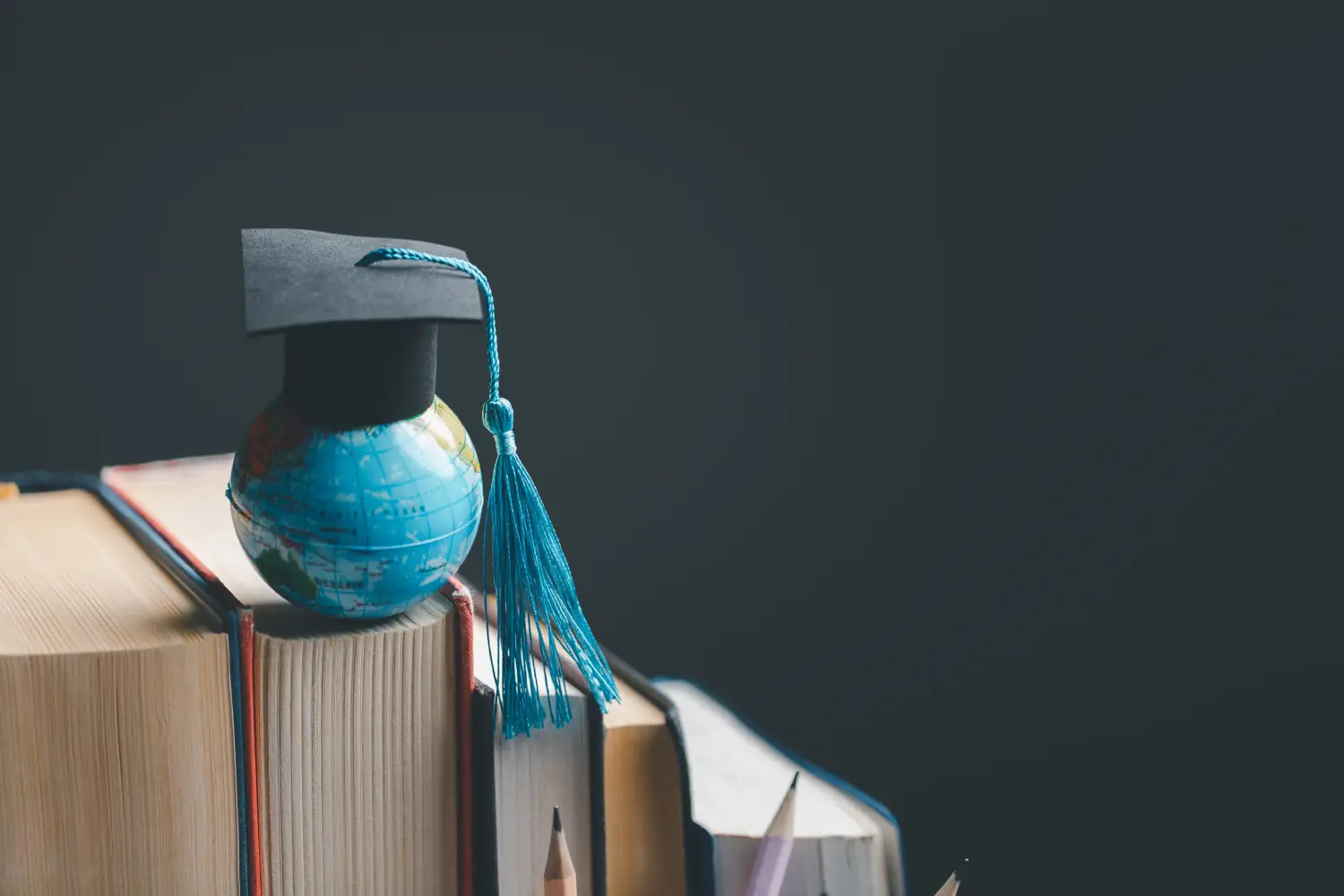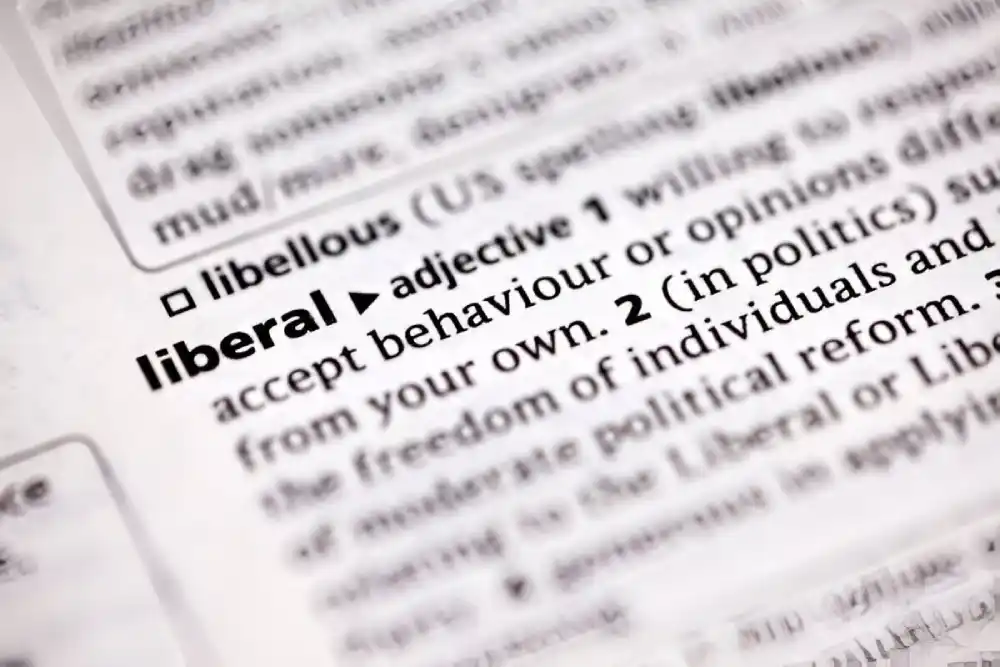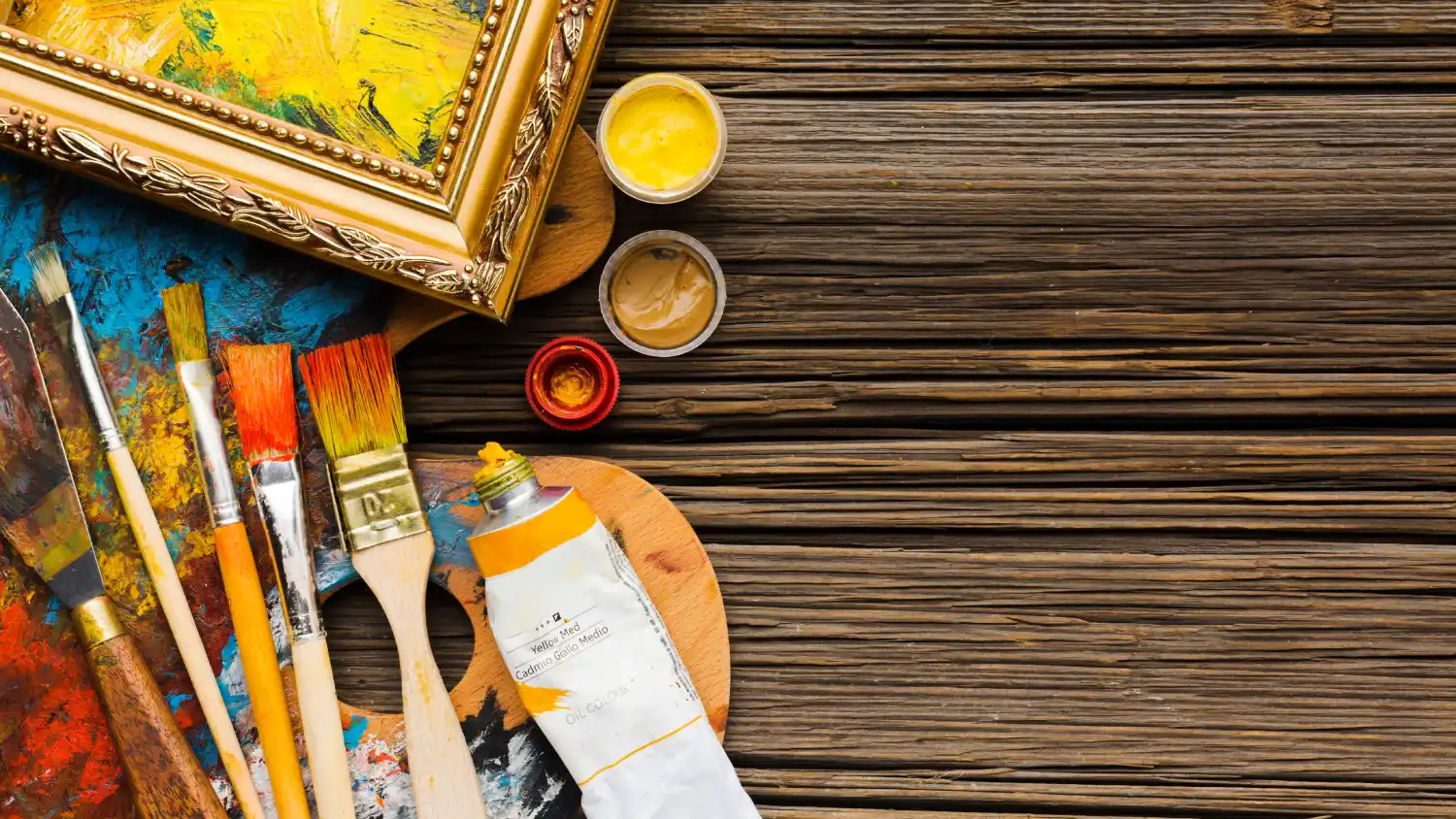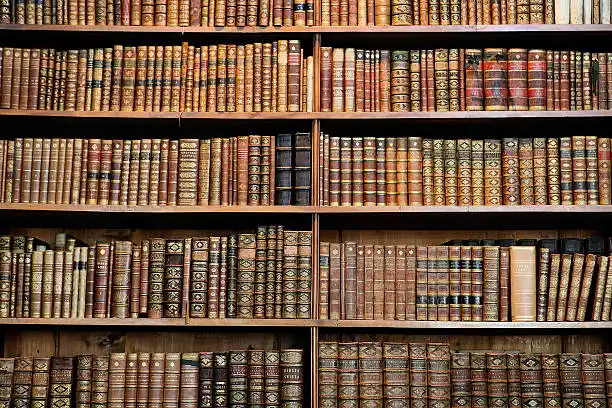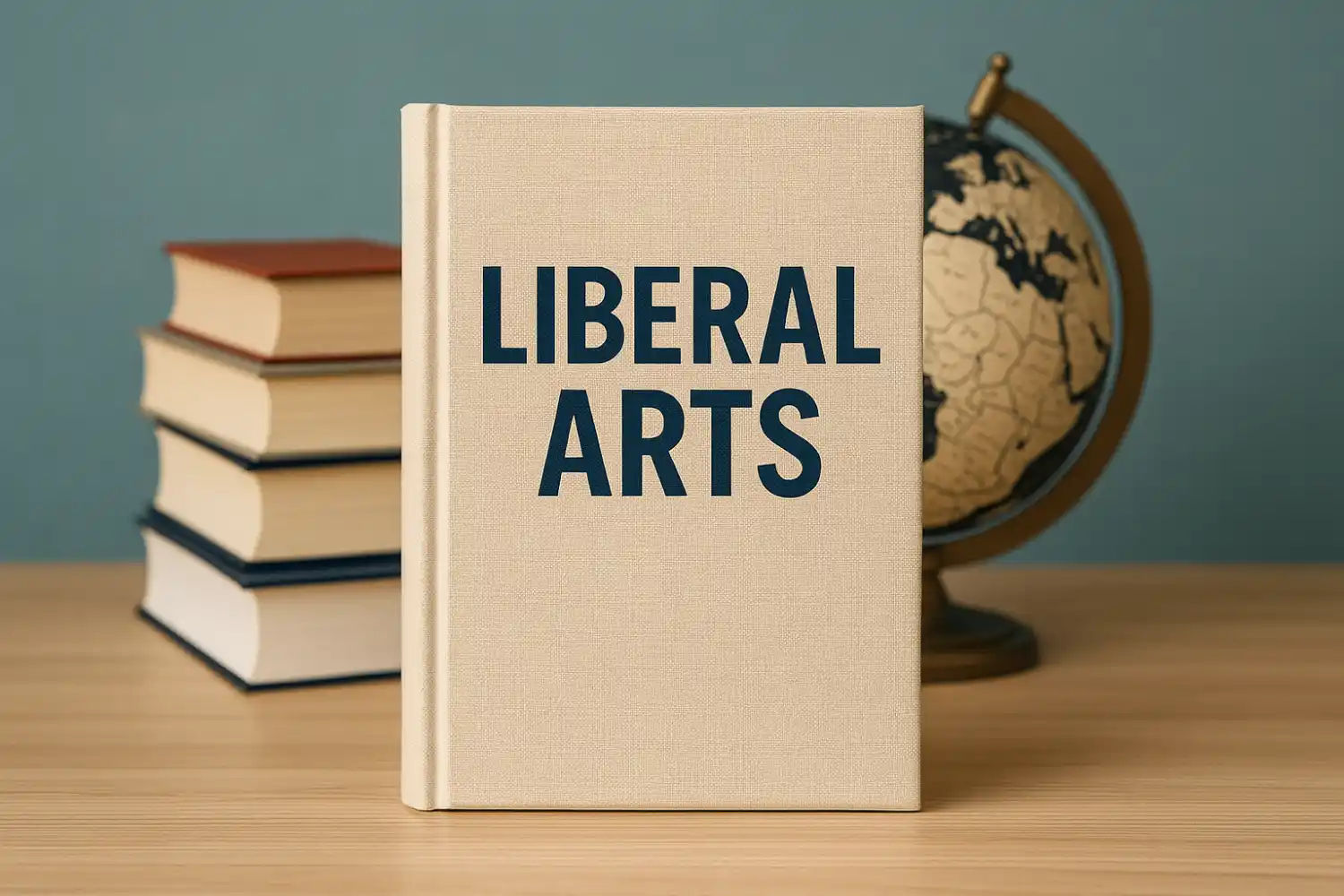Introduction Liberal arts education is rapidly emerging as a compelling choice for Indian students who aspire to go beyond narrow specialisations. With the National Education Policy 2020 emphasising holistic and interdisciplinary learning, liberal arts degrees are gaining unprecedented momentum. This approach nurtures critical thinking, creativity, adaptability, and problem-solving—skills that are indispensable in a complex and dynamic world. For Generation Z, the attraction lies in a well-rounded education that prepares them to navigate multiple career pathways with confidence. Liberal arts holds particular promise for students pursuing fields such as journalism, where curiosity, analytical ability, and versatility are essential. As India reimagines its higher education landscape, liberal arts is poised to shape the future of meaningful and transformative learning. What is the Current Reach of Liberal Arts in India? According to the All India Survey on Higher Education (AISHE) for the 2019–20 academic year, 3.4 million undergraduates were enrolled in arts disciplines out of a total of 8 million—accounting for 42 percent of all students across 250 universities and 12,300 colleges. This number surpassed enrolments in both science (4.7 million, or 16.1 percent) and engineering (3.7 million, or 12.6 percent). These figures highlight that the arts—encompassing liberal arts—already command a significant share of higher education in India, countering the perception that professional courses dominate student preferences. Aspect Details Total Undergraduate Enrolment (2019–20) 8 million students Students in Arts Disciplines 3.4 million (42% of all undergraduates) Compared to Science 4.7 million (16.1%) Compared to Engineering 3.7 million (12.62%) Institutions Covered 250 universities and …
Categories
Table of Contents The road to a career in the fine arts is often debated for its success ratio; however, the scope of fine arts programmes offered is not limited to one sector. A Bachelor of Fine Arts degree enables students to understand and explore the different forms, elements and applications of art, helping them discover their niche in the field. The difference between creativity and art lies in practical application, and a formal fine arts course helps one achieve that.Understanding the Meaning of Fine ArtsUnlike many academic disciplines, the field of art is remarkably expansive. Within this vast landscape, Fine Arts stands out as one of the highest forms of creative and expressive practice, one that places a strong emphasis on visual and aesthetic quality. Unlike applied or commercial art, Fine Arts often leans toward aesthetic exploration over utilitarian function, making it a unique domain of intellectual and emotional expression.A Bachelor of Fine Arts (BFA) programme is designed to nurture this very creativity. It empowers students to channel their imagination into producing artwork that is not only visually captivating but also conceptually rich. Historically, fine arts have influenced a relatively niche audience, cultivating a dedicated community rather than mass appeal. Yet, that exclusivity has also contributed to its value.In today’s world, the relevance of Fine Arts is expanding, as more people recognise the role of creative disciplines in shaping culture, sparking dialogue, and enriching lives. Whether it’s through painting, sculpture, or new-age digital mediums, fine art continues to be …
Table of Contents There’s no denying the significance of architecture and design in shaping the modern landscape. While many students aspire to become architects or designers, only a few ultimately pursue this path professionally. Over the past two decades, interior design has gained significant recognition and carved out a distinct niche. The best colleges for interior design in India provide dynamic learning environments that foster growth through hands-on experiences, expert guidance, and immersive campus life, preparing students for a successful career in the field. Define Interior Design & its Key Elements Interior design is a unique blend of art and science that transforms indoor spaces to be just as compelling as a building’s exterior. As a subset of architecture and design, it encompasses a wide range of elements — from conceptual development and space planning to research, project coordination, site inspection, construction oversight, and the precise execution of design plans. The study for a bachelor's degree in interior design will include the key elements of interior design, explained below. As an interior designer, you often work within limited space, making smart space utilisation essential. Shapes can create unique visual effects, and designers often experiment with forms that complement the overall structure. Patterns add personality and meaning to a space while enhancing its aesthetic appeal. Forms help create a desired effect and bring depth to the interior. Colour plays a major role in setting the mood and atmosphere, with designers using a wide palette to match the vision of the space. …
Art has been an integral part of human civilization and culture since the earliest stages of our evolution—its symbols still visible today in ancient cave paintings where our ancestors once lived. While the arts traditionally engage with the humanities, as well as the social and natural sciences, liberal arts broaden this scope further to include disciplines such as mathematics, philosophy, and literature. Liberal arts bring together a diverse range of fields that cultivate general knowledge and intellectual curiosity. They emphasise a broad-based education rooted in theory and concepts rather than narrow professional or technical training. This approach provides a foundation for critical thinking, creativity, and lifelong learning. Define Liberal Arts With Examples As a cumulative study of several subjects, liberal arts is an interdisciplinary programme encompassing a wide range of academic areas that include physical, biological, and social sciences, mathematics, and humanities. Humanities is a programme that combines fine arts, history, philosophy, literature, language, etc. Hence, the Liberal Arts course has been designed to provide an overall understanding and extensive knowledge, instead of a specialised study or for a particular job prospect. With an unwavering desire for universal understanding, the Liberal Arts began as a method of inquiry for Ancient Greeks in the Middle Ages, and later was expanded by several philosophers and thinkers to give birth to the modern form of Liberal Arts. The trivium (grammar, logic and rhetoric) and quadrivium (astronomy, arithmetic, geometry, and music) are two prominent examples of Liberal Arts in the Medieval period, which have …
Table of Contents What Is Fine Arts? Fine arts encompass an expansive spectrum of expressive forms, ranging from the visual arts like painting, sculpture, and photography to the performing arts such as music, dance, and theatre, as well as literary pursuits like poetry and prose. These artistic endeavours are distinguished by their pursuit of aesthetic beauty, innovation, and emotional resonance, serving as vehicles for individuals and societies to convey, explore, and interpret the complexities of the human experience. Rooted in history and culture, fine arts have long been revered for their ability to reflect societal values, challenge conventions, and provoke contemplation. Fine arts provide platforms for personal expression, social critique, and collective celebration, whether through evocative brushstrokes on canvas, dynamic movements on stage, or stirring melodies in symphonies. They facilitate connections across diverse cultures and perspectives, fostering empathy, understanding, and appreciation for the rich tapestry of human creativity. In this blog, we will briefly talk about the history and nature of fine arts, its types, its scope, and why it is important. Let’s get started! History and Nature of Fine Arts The history of fine arts dates back to prehistoric times with cave paintings and carvings, reflecting humanity’s innate desire to depict and communicate. Ancient civilizations like Egypt, Greece, and Rome saw the development of sophisticated artistic forms, with significant achievements in sculpture, architecture, and visual arts. During the Middle Ages, art was dominated by religious themes, while the Renaissance marked a rebirth of humanism and individual expression, exemplified by artists …
Table of Contents IntroductionFine arts encompass a diverse and vibrant array of creative expressions that span visual, performing, and literary arts. Rooted in artistic tradition and innovation, fine arts serve as a powerful means of communication, expression, and exploration of the human experience. Visual arts, including painting, sculpture, drawing, and photography, capture moments in time, evoke emotions, and convey narratives through imagery and symbolism.Performing arts, such as music, dance, theatre, and film, engage audiences through live performances, rhythm, movement, and storytelling. Literary arts, encompassing poetry, prose, and drama, use language as a medium to evoke imagery, provoke thought, and convey meaning. Across these disciplines, fine arts inspire creativity, challenge perceptions, and foster connections between individuals and communities. With a rich history and ongoing evolution, fine arts continue to shape cultural identity, provoke social discourse, and celebrate the beauty and complexity of our world.What is Bachelor of Fine Arts?A Bachelor of Fine Arts (BFA) degree is an undergraduate program that offers specialized education and training in various fields of the fine arts. This comprehensive degree typically spans four years and provides students with a rigorous curriculum that combines theoretical study with practical application in their chosen artistic discipline.Key components of a BFA program may include:Studio PracticeHands-on experience in creating art under the guidance of experienced faculty members and visiting artists. This component allows students to develop their artistic skills, experiment with different techniques, and build a portfolio of work.Art History and TheoryStudy the historical development of art and critical analysis of contemporary art …
Table of Contents Understanding the human condition has long been the focus of numerous studies and research efforts, and Liberal Arts & Humanities stands out as a discipline that brings together diverse fields to explore this complexity. Liberal arts universities in India adopt an interdisciplinary approach, enabling students to study subjects both independently and in relation to one another, often through dynamic and flexible curricula.This field addresses a wide spectrum of ideas, ideologies, and disciplines, ranging from literature, philosophy, history, and political science to sociology, art, and cultural studies. By engaging with such varied perspectives, students gain a holistic understanding of the world around them. In addition to academic knowledge, a liberal arts degree also emphasises the development of critical thinking, communication, research, and problem-solving skills—essential tools for building a successful and meaningful career across multiple domains.Understanding Liberal Arts & Humanities Humanities is a branch of education that examines human beings through their culture, essence, values, spirit and expression. Naturally, the educational approach to Humanities rightfully involves the study of Physical & Biological Science, Social Science, Language & Literature, Arts, Philosophy, History, etc. Liberal Arts emphasises emotions like empathy, creativity, imagination, critical thinking and other to understand and communicate the human state. The modern-day study of Liberal Arts relies heavily on science to research, achieve transferable skills, gain cultural knowledge, improve general knowledge and learn about the impact of contemporary issues. The topics focused on Liberal Arts include History, Psychology, Fine Art, Statistics, Biology, Anthropology, Theology, Journalism, Literature, and Communication. How are Humanities …
Table of Contents India’s rich cultural diversity has given rise to a wide array of traditional art forms, sustained through generations by dedicated artists who have passed down their craft. While these art forms were once viewed primarily as hobbies or cultural expressions, Fine Arts has emerged over the past century as a dynamic and respected professional field.Today, pursuing a Bachelor of Fine Arts (BFA) is no longer just about mastering traditional techniques—it requires originality, innovation, and a unique set of creative and technical skills suited to a rapidly evolving artistic landscape.Art has been an integral part of human history since prehistoric times, as evidenced by ancient cave paintings created by our early ancestors. However, the formal study and exploration of fine arts began to take shape in the 16th century during the Renaissance. Since then, the field has undergone significant transformation, giving rise to influential movements such as Post-Impressionism, Surrealism, Cubism, and Pop Art—spearheaded by visionary artists like Vincent van Gogh, Salvador Dalí, Pablo Picasso, and Andy Warhol.Take the Artistic Route with Fine ArtsThe first structural definition of fine arts was provided by a French Philosopher named Charles Batteux, in his book titled “The Fine Arts Reduced To A Single Principle”, published in 1746. In simple words, the idea of fine arts serves aesthetic purposes, often with an evocative appeal to start a conversation or merely to spark a thought. BFA programmes represent a contemporary approach to the study of fine arts, offering an interdisciplinary curriculum designed to provide students …
Table of Contents Liberal arts is a term that encompasses a broad range of academic disciplines that aim to develop the intellectual, creative, and moral capacities of students. Liberal arts education is not just focused on preparing students for a specific career, but rather on cultivating their critical thinking, communication, problem-solving, and ethical skills that can be applied to any field of endeavor.Meaning & Definitions- What is Liberal Arts?The word “liberal” in liberal arts does not refer to a political ideology, but to the Latin word “liberalis”, which means “of or pertaining to a free person”. Today, the liberal arts meaning has expanded to include not only the classical subjects, but also the humanities, social sciences, natural sciences, and arts. Some of the common liberal arts subjects are literature, history, philosophy, psychology, sociology, economics, biology, chemistry, physics, and art. Liberal arts education is interdisciplinary, meaning that it encourages students to explore the connections and interactions between different fields of knowledge.History of Liberal ArtsThe origin of liberal arts degree can be traced back to the ancient civilizations of Greece and Rome, where they were regarded as the foundation of a well-rounded education for the elite. The concept of liberal arts was further developed by the medieval scholars, who organized them into the trivium (grammar, rhetoric, and logic) and the quadrivium (arithmetic, geometry, music, and astronomy). The liberal arts curriculum was the basis of the education system in Europe until the 19th century, when the rise of industrialization and specialization led to the emergence …
Table of Contents Humans have long established the need to engage in subjects like science, arts, philosophy, history, social psychology, and other intellectual aspects. Academic institutions have been more than enthusiastic about spreading knowledge in these areas. Among this long list of significant disciplines, the concept of a liberal arts course has only recently gained recognition and integration into mainstream education.Traces of liberal arts can be found in European universities during the medieval times, with a deliberate focus on seven subjects: arithmetic, astronomy, grammar, geometry, logic, music and rhetoric. To define liberal arts in a modern context, it is an interdisciplinary model that merges the humanities, sciences, and mathematics to analyse and derive intellectually potent conclusions.What Is Liberal Arts?The current world has come a long way, and so have the ideas and issues that have evolved simultaneously with the tide of time. And that is the case to consider when discussing the liberal arts definition. So, liberal arts today deal with sciences (physical, biological and social sciences), humanities (fine arts, history, literature, language, philosophy) and mathematics.In India, the concept and systematic programmes for liberal arts education are relatively new, and there is not much hype surrounding these academic and career options. However, the few colleges that do have a liberal arts course curriculum, such as Jindal School of Liberal Arts & Humanities, have a comprehensive interdisciplinary model that includes foundational courses, major and minor subjects, cross-listed electives, thesis submission, research projects and internships.Knowledge & Skills Required For A Career In …
- 1
- 2
